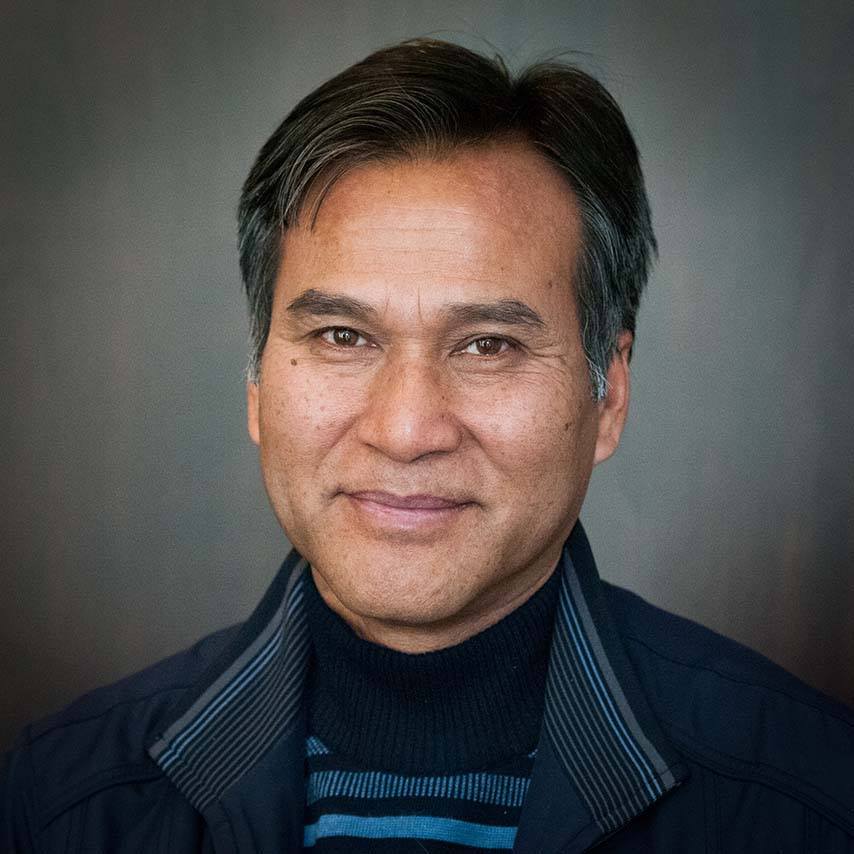It is no secret that Universal Health Coverage has become a hot topic in the international community. With all UN Members states - including Nepal - signing on to try and achieve Universal Health Coverage by 2030, more attention is being paid to how governments can make healthcare affordable, all-encompassing, accessible and adequate. One of the targets for this goal is to reduce the global maternal death rate to less than 70 per 100,000 live births. Nepal has made commendable strides toward this goal: the maternal mortality ratio in Nepal decreased from 539 deaths per 100,000 live births to 239 deaths per 100,000 live births between 1996 and 2016.
Nepal’s progress, while impressive, has not been evenly distributed. Take rates of postnatal check-ups (PNC) as an example of this. PNC visits are an important part of maternal health services wherein providers can check for warning signs of postpartum hemorrhage, postnatal depression and other life-threatening conditions. According to the 2016 Nepal Demographic and Health Survey, nearly 64% of urban women received a postnatal check-up within two days of delivery, as compared with 48% of rural women. Women in the highest socioeconomic status were more than twice as likely (81%) to receive postnatal care within two days of delivery as women in the lowest (37%).
To guarantee a future where no child grows up without a mother due to pregnancy-related death and no parent loses their child during the critical period of labor and delivery, the current approach to Universal Health Coverage won’t cut it. This is especially true for women living in remote and hard-to-reach parts of the country. Women and children should be the preferential beneficiaries of Universal Health Coverage because they are especially vulnerable to healthcare inequalities. This is true for all women and children, but it becomes worse for women in those inaccessible areas I just mentioned.
In the years I have been helping to implement the Network of Safety model with the nongovernmental organization One Heart Worldwide, I’ve realized that investments in the health of women and newborns are investment in #HealthForAll. I’ve learned how a single issue - maternal health - can drive large-scale, systemic change, and on World Health Day 2019, I’m writing to share three of the most relevant lessons-learned for Universal Health Coverage advocates:
Service integration creates more pathways to vital healthcare services.
Both the Universal Health Coverage agenda and our approach to scalable maternal health systems task-shift (delegate tasks to less specialized health workers) to provide multiple services in a single visit. By offering primary care services and strengthening the public health system of Nepal, programs like ours that place the mother and child at the center of their efforts reach the most marginalized people and ensure they have access to important services. When the nearest health facility to an expectant mother is a three-day trek over mountains, up hills and around rivers, the care she receives must be efficient. Delivering healthcare in a manner that maximizes resource use and minimizes waste has been essential to the success of our programs and must be a priority for any attempt to build a Universal Health Coverage system.
Look outside the traditional health systems approach for inspiration.
To effectively deliver services in hard to reach places, we have used innovative approaches to reach the “last mile.” For example, we incorporate solar-powered suitcases to overcome the problem of unreliable electricity and employ eHealth and mHealth to collect better data and reform supply-chain management. That being said, innovation is not just about technology. We have had to think creatively about how to build a partnership of government officials, local leaders, community members, fathers, mothers-in-law, outreach providers and healthcare workers to surround the mother and her unborn child. At One Heart Worldwide, we call this evidence-based approach the Network of Safety because we know it takes a holistic approach to drive positive change. These opportunities are not unique to maternal health, and can be replicated in other priority issues, making this an applicable lesson from maternal health for Universal Health Coverage advocates.
Gender equality is both a prerequisite to and consequence of Universal Health Coverage
Gender equality and #HealthForAll are interdependent. On one hand, I have seen gender act as a barrier to healthcare access, as women sometimes lack the agency they need to demand maternal health services. The unique healthcare needs of women are often excluded from basic healthcare packages, often at the detriment of entire families and communities. On the other hand, I have also seen community-level opinions on gender empowerment change through discussions on maternal health and by training Female Community Health Volunteers, nurses, and Skilled Birth Attendants. By prioritizing women’s health and training women to be healthcare providers, we have worked to advance gender equality through maternal health programs on both the supply and demand sides of care.
(The author is One Heart Worldwide (OHW) Country Representative for Nepal)

